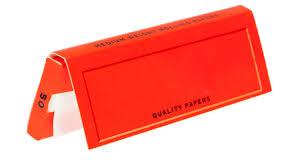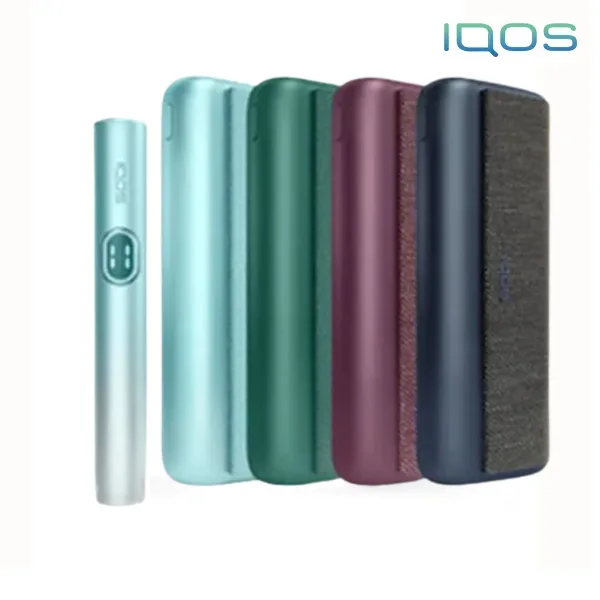Everything You Need to Know About Rolling Papers

Introduction
When it comes to smoking, one essential item that stands out is rolling papers. Whether used by casual smokers or enthusiasts, rolling papers have become a worldwide necessity for preparing hand-rolled cigarettes. They provide flexibility, control over the smoking experience, and a personal touch that pre-rolled options can never fully match. Over the years, rolling papers have evolved from simple thin sheets to advanced products offering unique flavors, sizes, and eco-friendly materials.
A Brief History of Rolling Papers
Rolling papers have been used for several centuries. The first recorded use was in Spain in the 1500s, where small sheets of paper were introduced to wrap tobacco. These early forms eventually spread across Europe and the rest of the world. By the 19th century, rolling papers had become commercially available, with well-known brands starting to manufacture them in bulk.
Initially, rolling papers were quite basic—unadorned sheets crafted from wood pulp.However, demand and innovation soon pushed manufacturers to experiment with rice paper, hemp, and other plant fibers. Today, the variety is massive, giving smokers countless choices depending on their taste, health concerns, and environmental awareness.The growth of the rolling paper industry also reflects cultural shifts.. For example, rolling papers became linked to music, lifestyle movements, and even activism, turning them into more than merely a smoking accessory.
Types and Varieties of Rolling Papers
What makes rolling papers so popular today is the sheer variety they offer. Smokers can choose based on material, size, thickness, and even flavor. Some of the most common options include:
-
Wood Pulp Rolling Papers – The classic variety, simple to roll and commonly found. They burn quickly and are usually preferred by beginners.
-
Rice Rolling Papers – Made from processed rice, these are thinner and burn more slowly, creating a smoother smoking experience.
-
Hemp Rolling Papers – A natural, eco-friendly choice, hemp papers are durable and offer a slightly earthy flavor that many smokers enjoy.
-
Flavored Rolling Papers – With fruit, chocolate, or mint infusions, these bring a playful element to the smoking experience.
-
Ultra-Thin Papers – Designed for experienced users, they provide less paper taste and allow more focus on the tobacco or herbs inside.
In addition to materials, rolling papers come in multiple sizes, such as single wide, 1 ¼, 1 ½, king size, and even extra-long sheets for group smoking. Some brands also produce pre-rolled cones for convenience.
For more information you can also visit to elf bar 600
The Popularity of Rolling Papers
One reason rolling papers are so widely used is the level of customization they offer. When you roll your own cigarettes, as opposed to using pre-made ones, you can determine how much tobacco to use, the tightness of the roll, and the specific combination of herbs or tobacco that you like.
The economical aspect of rolling papers is also valued by many smokers. Buying loose tobacco or herbal blends and rolling them is often cheaper than purchasing pre-rolled cigarettes. This makes rolling papers a practical choice, especially in regions where cigarette prices are high.
Furthermore, rolling papers carry a sense of tradition and personal expression. For some, rolling a cigarette is not just about smoking but also about enjoying the process itself—a ritual that can be calming and satisfying.
Health and Environmental Considerations
While smoking itself has health risks, the type of rolling papers you use can make a difference. Many modern papers are made without harmful chemicals or additives, offering a cleaner burn. Hemp and rice papers, for example, are often marketed as healthier alternatives because they produce less ash and fewer toxins compared to traditional wood pulp papers with bleaching agents.
Environmental awareness has also influenced the industry. Eco-friendly rolling papers are now available, made from organic hemp or unbleached fibers, with packaging that uses recyclable materials. For smokers who care about reducing their impact on the planet, these options are becoming increasingly popular.
Rolling Papers in Modern Culture
Aside from smoking, rolling papers have become a part of contemporary culture and lifestyle. They are often featured in music videos, festivals, and youth movements, symbolizing freedom, creativity, and choice. Some brands collaborate with artists and musicians to design limited-edition packs, turning rolling papers into collectibles.
At the same time, digital marketplaces have made it easy for smokers to access a wide variety of papers from around the world. Whether you’re looking for classic king-size hemp papers or flavored rice sheets, you can find them online with just a few clicks.
Final Thoughts
In conclusion, rolling papers are much more than thin sheets of paper used for smoking. They carry history, tradition, and cultural significance. From their origins in 16th-century Spain to their modern-day role as both a practical tool and a lifestyle accessory, rolling papers have stood the test of time.The wide variety of materials, flavors, and sizes ensures that every smoker can find a type that suits their taste and style. Whether you prefer the eco-friendly hemp option, the smooth burn of rice papers, or the fun twist of flavored ones, rolling papers continue to provide both convenience and creativity.
For those who enjoy the ritual of hand-rolling, the act itself is as meaningful as the smoke that follows. And that’s what makes rolling papers timeless—a small item with a big impact on smoking culture worldwide.
For more articals visit here






